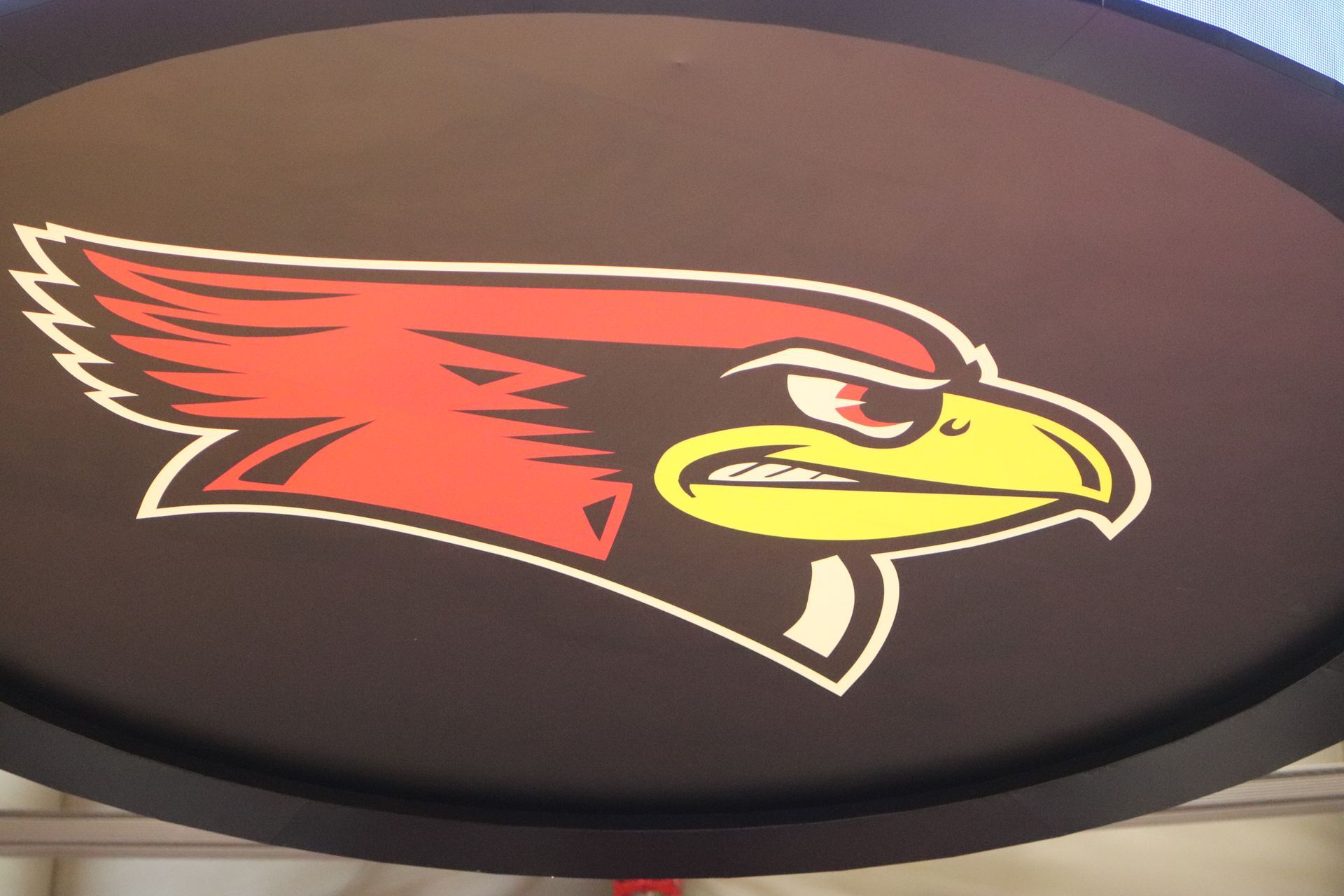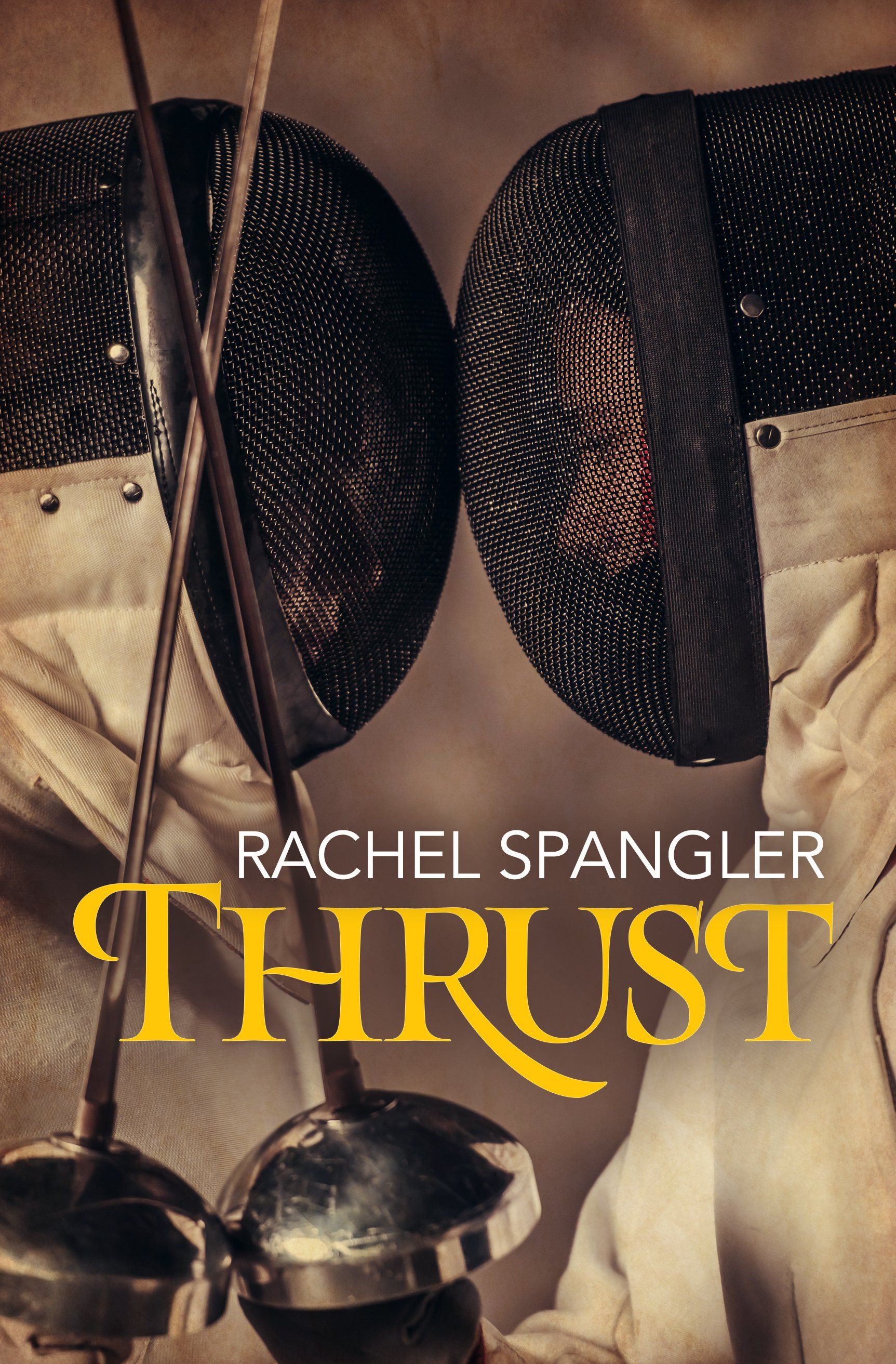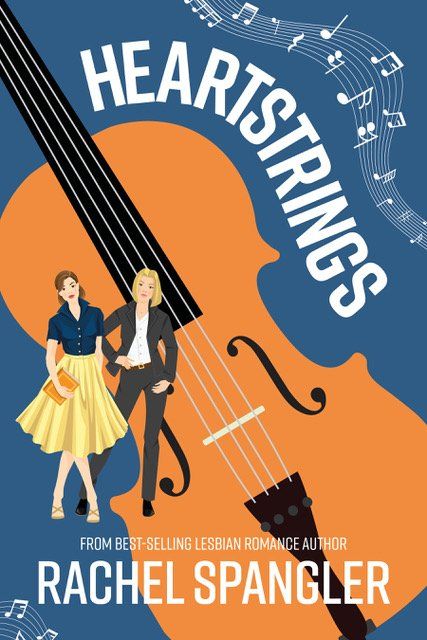Olympic Countdown – Curling
Hello and welcome back to my Olympic countdown. Let’s start off by announcing that the winner of last week’s comments drawing is Virginie. You get to choose either an ebook of Edge of Glory or an audio book of Trails Merge. Just email me at Rachel_Spangler@yahoo.com with your choice.
And now on to this week’s entry on curling!
Those of you who follow me on social media know I love curling and have filled the position of skip of the Lusty Shams at the Buffalo Curling Club.
What you might not know is how the game is played.
Curling isn’t a sport that many people follow, much less play in most of America, but it always gets a boost in Winter Olympics years as many people cock their heads to the side in confusion as their TV screens fill with images of people in loud trousers shout and sweep big rocks down a sheet of ice. When I tell people I curl, the most common comment I get is, “That’s awesome. I watched that during the Olympics, but I still don’t really get it.”
So here’s your crash course in curling.
The equipment is simple enough. You need a sheet of ice with some concentric circles at each end, and 16 smooth rocks or stones with handles. These each weigh between 38-44 pounds or 17 and 20 kilograms.
You also need curling shoes, or slip ons to go over your regular shoes: one to grip, one to slide. The block you push off of is called a hack.
You need a broom for each player.
The part of the ice with the target is call the house, and the middle of the target is called the button. The line that cuts the house in half from top to bottom is called the tee line.
On most curling teams, you have four players (a mixed doubles event is being introduced this year, but let’s stick to the basics). The positions are easy enough to follow. They are first, second, vice, and skip. In competitive curling, there are ten ends, which are like rounds or innings. In each end, every person on the team throws two stones, alternating stones with the other team. Generally, the order stays the same with the first throwing first, the second throwing second (easy, right?), followed by the vice and the skip. So the order of play for each end will usually look like this,
Team A – First throws
Team B – First throws
Team A – First throws
Team B – First throws
Team A – Second throws
Team B – Second throws
Team A – Second throws
Team B – Second throws
Team A – Vice throws
Team B – Vice throws
Team A – Vice throws
Team B – Vice throws
Team A – Skip throws
Team B – Skip throws
Team A – Skip throws
Team B – Skip throws
None of the rocks or throws have special names except the last stone of an end, which is called the hammer, because you hope to use it to hammer the other team, who is out of shots.
Easy enough to follow. Now the next layer comes in the sweepers. When the first is throwing, the second and vice sweep. When the second throws, the first and the vice sweep. When the vice throws, the first and second sweep. Then the skip and the vice trade places, and the vice acts as the skip while the skip throws and the first and second sweep.
If that got a little confusing, don’t worry. You just need to know that most of the time the first, second, and vice all rotate sweeping for each other, and the skip only comes down to that end of the ice to throw the final two stones.
So what does the skip do the rest of the time? They call the shots, using their broom to indicate the direction they want the rock to go, and hand signs or voice commands to indicate the type of spin and speed they want the person throwing to use. They stand behind the house and watch both the line and the speed of the stone and call out commands to the sweepers. When you hear someone on the ice shouting, “HARD!” or “Up up up!” that person is acting as the skip.
The skip can help sweep their own team’s rock at any point. They cannot sweep the other team’s rock until after it passes the tee line. Mostly they do a lot of yelling and a little sweeping.
So, why do the sweepers need those commands, or for that matter, why do we need sweepers at all? Well, in short, science.
You see, curing ice is pebbled with very fine dots of waters that are sprayed on top and then allowed to freeze. This guy is pebbling the ice. Then the tops of the dots are shaved off.
See the texture now?
As the stone travels down the ice, it spins where it catches on these tiny bumps, causing it to slow down or move slightly from its starting trajectory. The friction of the brooms can warm up the ice though, causing a thin layer of water to form and even or lessen the pebbles for a second or two, thus creating a path of least resistance.
Contrary to popular belief, the brooms do not make a rock spin in different directions, but they can speed up or slow down the rate at which a rock spins, which contributes to the path it takes. If you speed up a rock’s rate of spin it will curve more, if you let the rate of spin slow down, it curves less.
I can tell you from experience that the sweeping is much harder than it looks, and faster, too. Staying upright while hurrying down the ice with your body weight pressed forward on a moving broom while your feet push and slide offers a tremendous core workout, and the difference it makes is often inches in a game of centimeters.
Okay, so those are the basics of who is doing what and why, but what’s the point?
Well on the surface it’s simple: You hope to finish the end with as many of your stones as possible as close as possible to the button. The scoring often gets confusing to first-time observers, because they think points are awarded for proximity to the button or by the color of the ring the rocks land on. Not true.
When all the stones are thrown, the team that is closest to the button gets a point for every stone they have closer to the button than the other team’s closest rock.
Okay, I get that can sound a little confusing, so here are a few illustrations.
Here, the green team had a lot more stones in the house than the yellow team does, but the yellow is closest to the button, so they get one point and the green team gets none.
Above, both teams have two stones in the house, but both the reds are closer than either of the yellows, so red gets two points, yellow gets zero.
This example is a lot more congested. Care to take a guess? It’s hard to see for sure, but it looks to me like the yellows have three in the blue to be points one, two, and three, but red has the fourth closest rock, cutting off those other two yellows and making the score for this end yellow 3, red 0.
Finally in this one, the red just barely looks to edge out the yellow, even though both of them are on the red circle. This still means red 1, yellow 0.
So, only one team gets any points in any given end, and once those are tallied up, all the stones are cleared and the process starts over, with the team who scored in the previous end throwing first, and the team who didn’t score having the hammer (last rock).
They do this for ten ends, and whoever has the highest cumulative score wins!
There you have it. Everything you really need to know to start following curling during this year’s Olympics.
There are a couple other rules that may come into play occasionally (stripping guards, hog lines, etc.), as well as tons of strategy for blocking and knocking out stones, but those are things the announcers will explain in detail if/when they arise.
In the meantime, here are a few curling shots to whet your whistle until you get to watch the real deal in Pyeongchang.
And finally, here’s this week’s question for the comment second and a chance to win a free ebook/audiobook: If you were on a curling team, what would you name it?
A few of my personal favorites are Sweeping With The Enemy, Rockin the Sheets, and Dwayne Johnsons (think about it).
Lay your best ideas on me.























